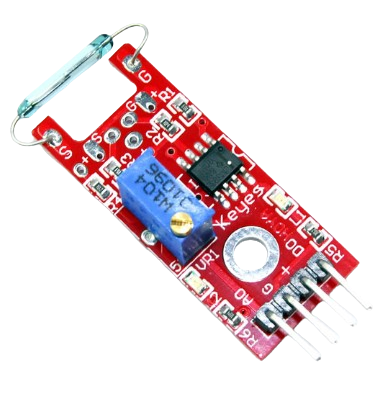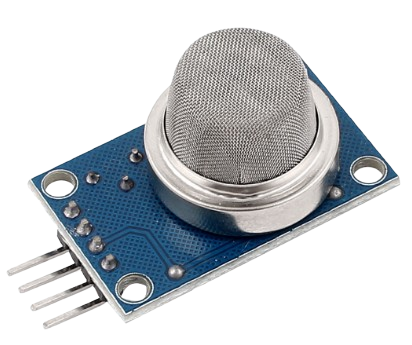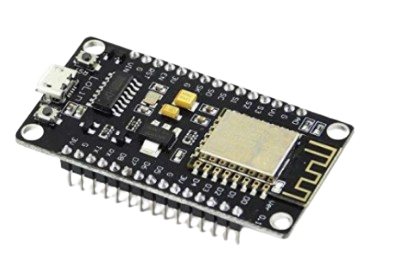🚀 New! Smart IoT Devices + Free Dashboard Access - Control Your Devices Online -
Access the RobuKits IoT Dashboard
*Product images are for illustrative purposes only. Actual product may differ from images. Please refer to the product description and specifications for details.
Active Buzzer Module KY-012 YL-44
₹40.0
Prices include applicable taxes.
0 sold
Only 50 left!
Check Delivery Availability
The KY-012 Active Buzzer Module (YL-44) is a simple and reliable sound-generating component designed for Arduino and other microcontroller platforms. It generates a continuous tone when powered, making it ideal for alarms, alerts, and user notifications. Unlike a passive buzzer, the active buzzer has an internal oscillator that produces sound automatically without requiring PWM signals. It’s a must-have for hobbyists, students, and embedded system developers.
No reviews yet. Be the first to review!
Product Specifications
| Specification | Details |
|---|---|
| Module Model | KY-012 / YL-44 |
| Type | Active Buzzer Module |
| Operating Voltage | 3.3V – 5V DC |
| Frequency Range | ~1.5 – 2.5 kHz (fixed tone) |
| Current Consumption | ~30mA |
| Pins | 3 (VCC, GND, Signal) |
Key Features
- Built-in oscillator, no external circuit required.
- Simple 3-pin interface for quick integration.
- Generates a steady audio tone for alerts and alarms.
- Works directly with Arduino UNO and other controllers.
- Compact design suitable for breadboard and project enclosures.
Applications
- Alarm systems and security devices.
- Timers and reminders.
- Electronic toys and DIY electronics.
- Notification sounds in automation projects.
- Arduino tutorials and beginner learning projects.
Inside the Box
- 1 x Arduino UNO Active Buzzer Module KY-012 YL-44
Frequently Asked Questions
No, this active buzzer generates a single fixed-frequency tone. For variable tones, a passive buzzer is recommended.
An active buzzer has an internal oscillator and produces sound when powered, while a passive buzzer requires PWM or external signals to generate sound.
An active buzzer has an internal oscillator and produces sound when powered, while a passive buzzer requires PWM or external signals to generate sound.
Yes, it works with Arduino UNO and other microcontrollers using a simple digital output pin.




